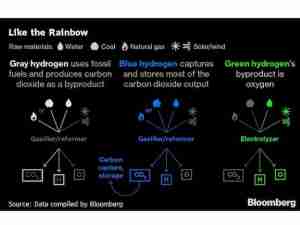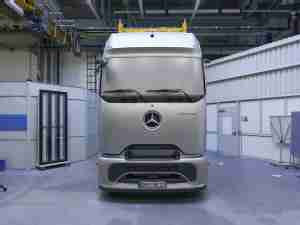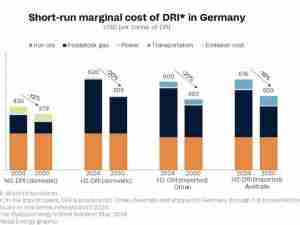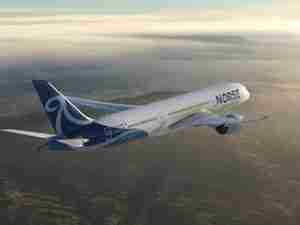Electric flying taxis took center stage at the Singapore Airshow this week as pressure to cut emissions and rebound from the pandemic leads airlines to invest in short, battery-powered hops to spur future growth.
While conventional aircraft sales at the show were modest, Malaysian tycoon Tony Fernandes’s AirAsia reached a non-binding agreement with aircraft-leasing firm Avolon Holdings Ltd. to rent at least 100 of Vertical Aerospace Ltd.’s flying taxis, confirming an earlier Bloomberg News report. Avolon, an investor in Vertical, has ordered 500 of the U.K. startup’s VX4 aircraft, conditioned on milestones including certification.
Separately, Embraer SA unit Eve Urban Air Mobility and Microflite, an Australian helicopter operator, announced an order of as many as 40 electric vertical take-off and landing aircraft, or eVTOLs, to support the start of operations in Australia in 2026. Eve also struck a deal with Aviair and HeliSpirit, which serve some of Western Australia’s most popular tourist attractions, for as many as 50 eVTOLs.
“Decarbonization is the world’s single biggest challenge we face as a generation, and the decarbonization of aviation is the single biggest opportunity us in the aviation industry have,” Domhnal Slattery, chief executive officer of Avolon, said. “The electrification of aircraft is a first and important step in that journey.”
New Market
An increasing number of carriers are looking into the battery-powered aircraft market to connect business centers with airports and ferry people between cities. Legacy airlines including American Airlines Group Inc., Virgin Atlantic Airways Ltd. and Japan Airlines Co. have together ordered hundreds of Vertical eVTOLs.
Startups such as Eve, Vertical and Joby Aviation Inc. are meanwhile racing to refine the technology and gain safety certifications. The push promises to jumpstart a generation of cleaner-emission aircraft that allow carriers to offer fast, reasonably priced trips competing with helicopter, taxi and train services.
“As we talk to our children that are coming up, they don’t want to fly in machines that emit any kind of emissions,” Slattery said. “It’s going to take us decades to solve that problem, but this is a first step in the right direction.”
With 82,500 passenger eVTOLs in operation by 2050, the Asia Pacific region will account for 51% of the global market, according to a study by Rolls-Royce Holdings Plc and Roland Berger released this week. The aircraft could be used as airport shuttles, for tourist flights or intercity travel, flying as far as 250 kilometers (155 miles), according to the study.
Safety Hurdles
Demand for eVTOLs is exceptionally high, Slattery said this week. Prior to the AirAsia deal, Avolon had signed commitments for as many as 350 Vertical aircraft, including with Brazil’s largest airline, Gol Linhas Aéreas Inteligentes.
A number of obstacles will have to be cleared before people are zipping around like the Jetsons cartoon TV family. While many in the aviation industry have jumped on the electric flying taxi bandwagon, not a single unit has been certified by regulatory agencies so far.
EVTOL flight range remains limited as well, and the potential electrification of popular planes such as Airbus SE’s A320s or Boeing Co.’s 737 has been largely ruled out due to the weight of huge batteries that would be required to fly hundreds of miles.
Resource Battle
There is competition for development funds too, as some in government or industry are more inclined toward alternatives such as sustainable aviation fuel, which can work in conventional aircraft, hydrogen-powered engines and hybrid-electric designs. Each will require new infrastructure.
That hasn’t deterred early movers from betting big. Joby said this week it will work with ANA Holdings Inc. to bring aerial ridesharing to Japan.
Embraer’s Eve also sees huge potential for eVTOLs to circumvent traffic jams on busy streets in Asia-Pacific countries. It estimates some 25,000 eVTOLs in the region by 2035, accounting for about half of global demand, said co-CEO Andre Stein.
The company expects to start services in 2026 after obtaining approvals from relevant authorities.
“Embraer has certified over 30 different aircraft models in the last 25 years,” Stein said. “We’re leveraging that same type of experience and engaging with customers to create a product that has a differentiation.”











